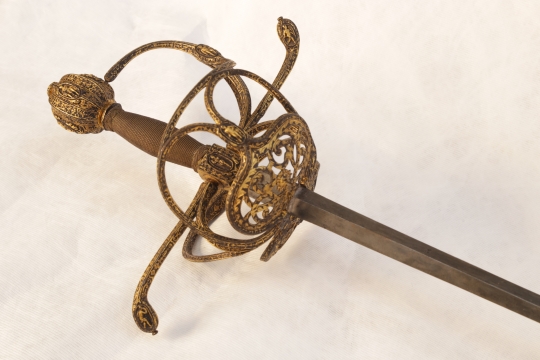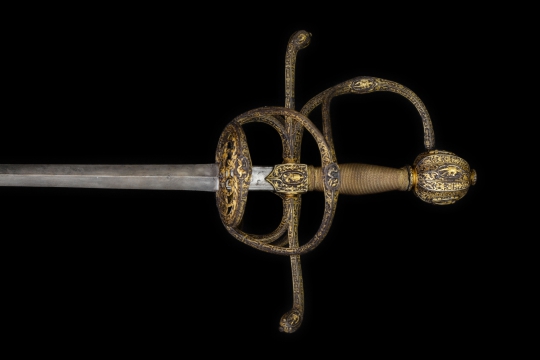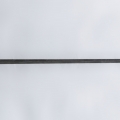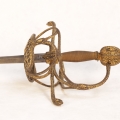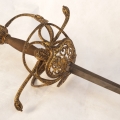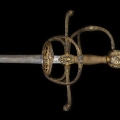16th century
Type:
Rapier
Type of acquisition:
Donated by the children of Count Jean-Marie van der Stegen de Schrieck, thanks to the intervention of Count Joseph van der Stegen de Schrieck
Year of acquisition:
2018
Depository institution:
Grand Curtius, Luik


